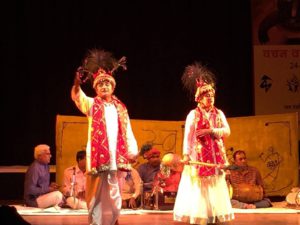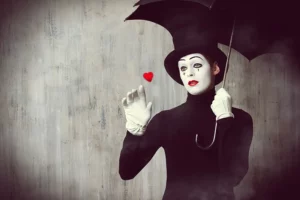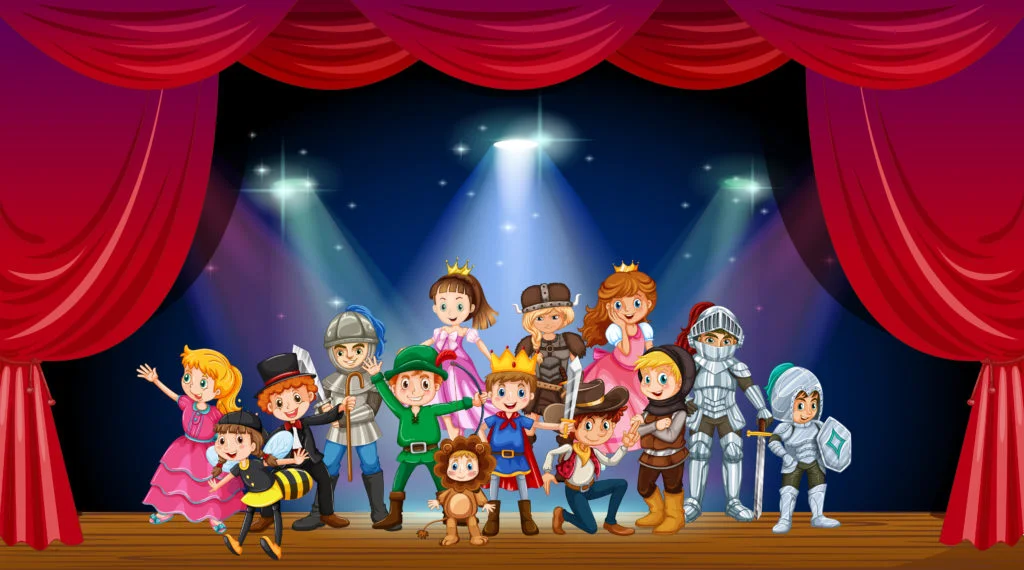If you love reading short yet intriguing stories, you should definitely explore flash fiction. Even if you’re not a prolific reader or are unsure of what category you’re into, flash fiction can also be your ideal choice. You can have a lot of options, be it suspense, poetic, crime, fantasy, inspirational, historical fiction, or horror. The fact that it’s short and enticing attracts lots of readers towards it.
What is Flash Fiction
In simple words, flash fiction is a fictional short story. It is also referred to as short-short stories, sudden fiction, and micro fiction or microstories. Like any other genre, it also includes plot, character, and conflict. It’s not very different from stories, except it doesn’t have as many paragraphs and pages as stories typically have.
One prominent example of flash fiction is, ‘For sale: baby shoes, never worn.’ There are other flash fiction stories as well to read on the internet today. A few examples are –
- ‘Possession(s)’ by John Smolens
- ‘John Rddinggoes to Sea’ by Zora Neale Hurston
- ‘The Virgin Mary’ by Adesuwa Agbonile.
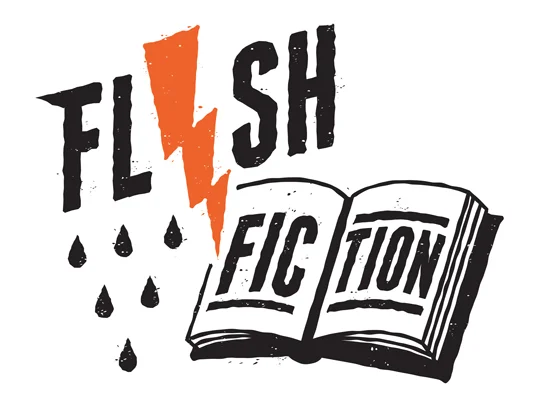
History of Flash Fiction
Flash Fiction has its origin from prehistory in the form of fables and parables. Panchatantra and Jataka tales are popular in India and Aesop’s Fables in the west.
Flash fiction found its root in the figures of Walt Whitman, Ambrose Bierce, and Kate Chopin in the 19th century. It was also popular in Japan, during the post-war period, by Michio Tsuki. It was known as ‘short story in 1920 and was connected with Cosmopolitan magazine.
Even you can write flash fiction on your own. If you are willing to give it a shot, here is how you can begin –
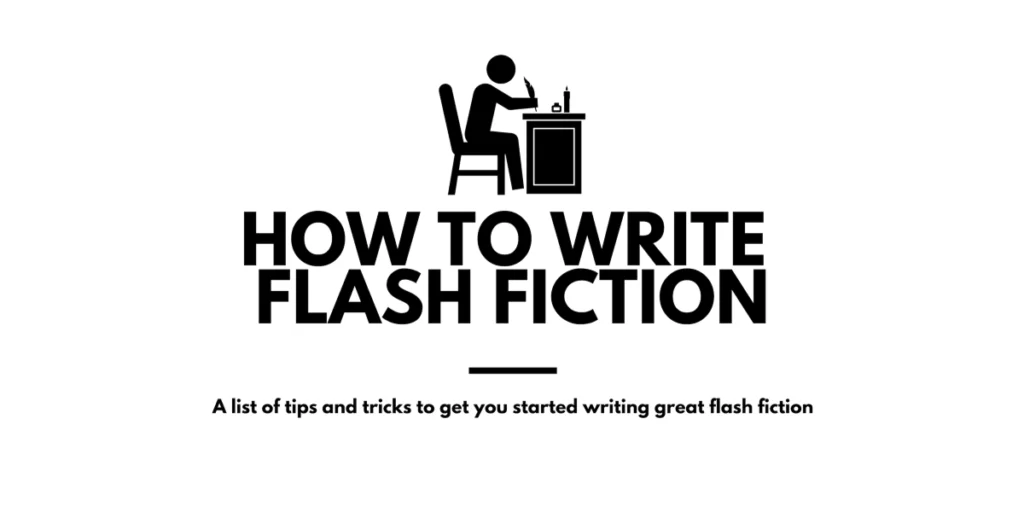
Select genre for your writing
To begin with, decide your genre first. There are varieties of genres popular these days. It can be science fiction, horror, thriller, or romance, depending on what you like and on readers’ demand. You sure can come with your peculiar idea and blow people away with your writing. Selecting a genre does a lot of work, giving a clear goal to what the story has overall.
Outline the plot beforehand
The outline is the base of the flash fiction that should be prepared beforehand. Working on the theme decided can simplify your workload. Moreover, the outline is the backbone of every work. Therefore, it should be done with a conscious mind and wellness awareness.
In this, you can decide where you’ll have to add different scenes and how you’ll begin the story. You’ll also have a clear idea of how many parts the protagonist and the antagonist get to have.
Make the first draft
Keeping a draft of your first write is crucial. You might need them to edit later; also, you get to have one rough work for the future. The draft can be a good backup if you need any material that you left behind. Moreover, you might want to include a few parts or would love to go back to the original for closure.
Focus on one moment at a time
Try describing one moment at a time. Don’t rush into a new character or scene; focus on a particular part of the story. This way, with the limited word count, you get to bring light to every aspect of flash fiction. It makes it so intriguing and beautiful.
Give an appealing name to the title
A title is something that attracts the reader. It should increase inquisitiveness and bring more readers to read. Therefore, as a writer, you should know to play with the words and create unique titles. The title should appeal to a more significant number of people. It would be great if it could appeal to the globe and cover masses all over the world for a better reach.
Usage of strong imagery
Using strong imagery can help readers visualize better. It’ll bring alive the scenes and the characters. Therefore, having a picturesque description makes the writing feel realistic, and many resonate with it. Good flash fiction has vivid imagery described in every part of the story.
Creating surprise
Ending the story with a twist or a surprise leaves the reader thinking about the story. Your purpose for writing is halfway done when you leave the reader guessing what else could have been done.
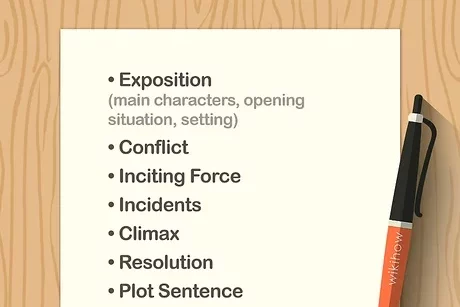
Elements of Flash Fiction
Lively characters
Instead of telling, show how real your characters are. The real challenge is to convince the reader about the character within 1000 or fewer words. Also, the characters don’t have to be too many. Just a few main characters around whom the story goes will be enough. The character count should be as less as possible.
Intriguing plot
Every story has a beginning, middle, and end, and so does flash fiction. Here, almost everything is in the plot. It plays as an outline of a story. The story might start in the middle, but your plot brings all the parts together at the end.
Engaging Conflict
A story is incomplete without an engaging conflict. After all, it creates a hook in the story and keeps the reader curious all along. Conflicts are the challenges that the characters go through that should be resonating in the real world. Moreover, it’s a good way to narrate the story.
Wholesome ending
Flash Fiction with a great ending convinces the reader to have had a great time reading. The ending could have a twist, a gradual turning point, or a completely new concept that mesmerizes the reader.
Flawless Edit
Every work needs a final touchup, and so does every writer after writing their write. Even flash fiction needs an excellent editor who can do a last flawless edit to give the readers free of error work. For this kind of work, it’s better to hire a professional editor, test readers, or critique groups to make necessary changes in the work.
Conclusion
Flash Fiction is a growing literary genre that’s gaining popularity among the masses. Someone who isn’t a prolific reader could start with reading one flash fiction at a time.
Share with your friends



